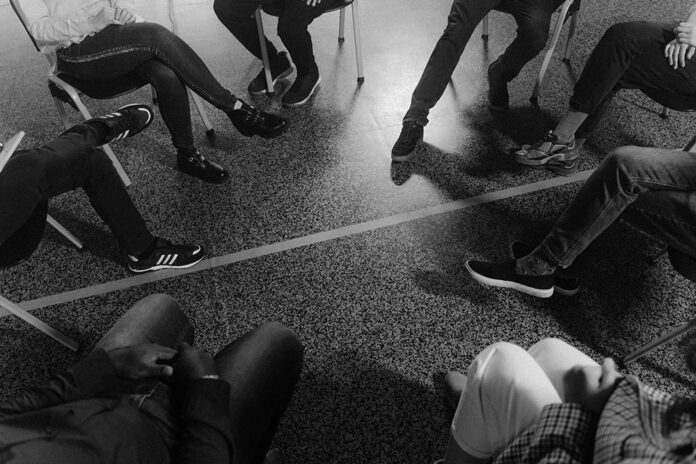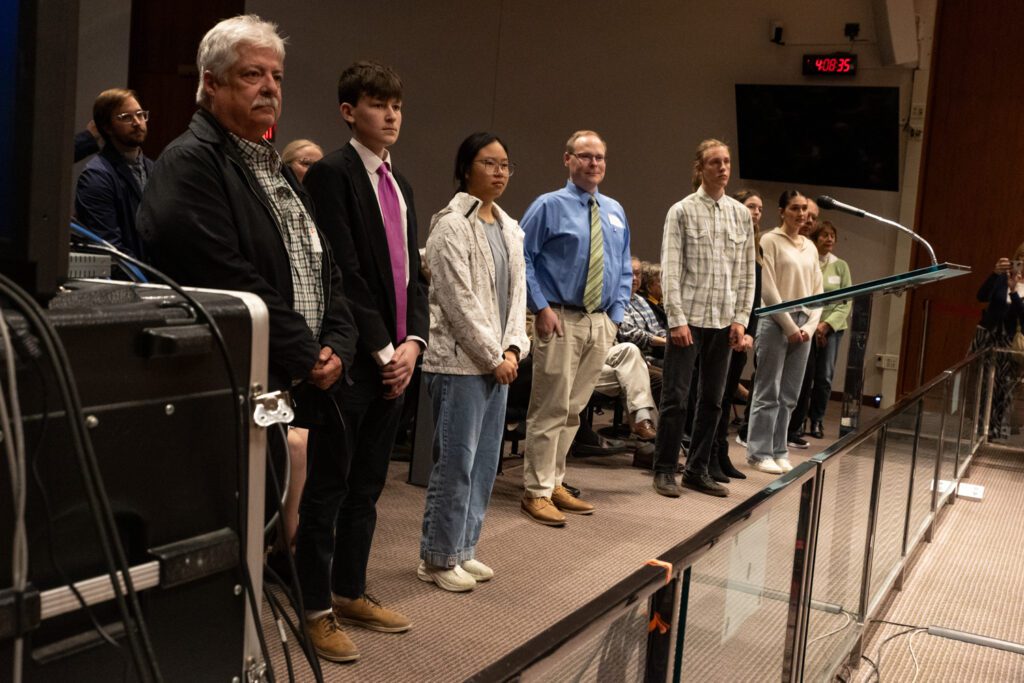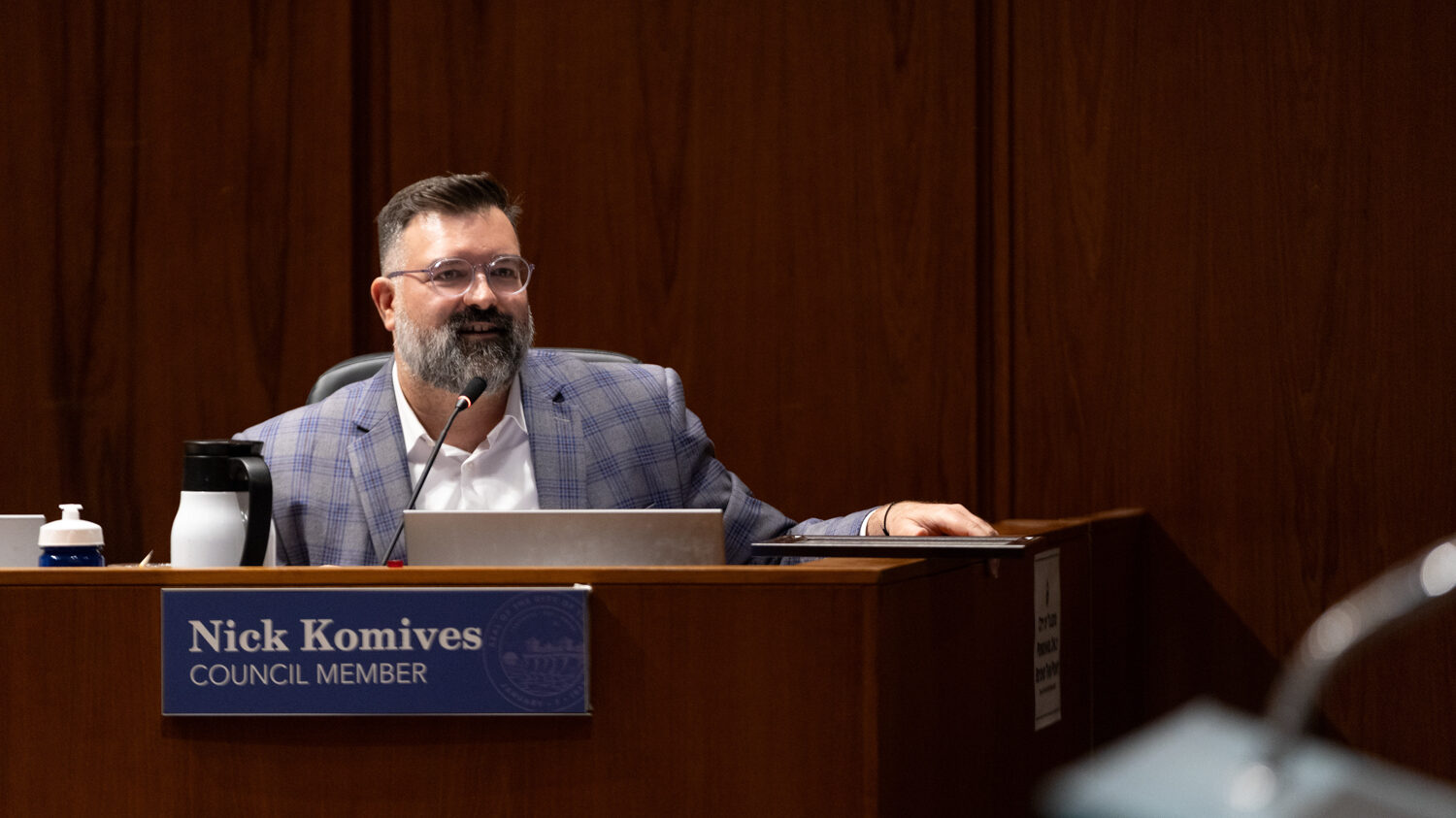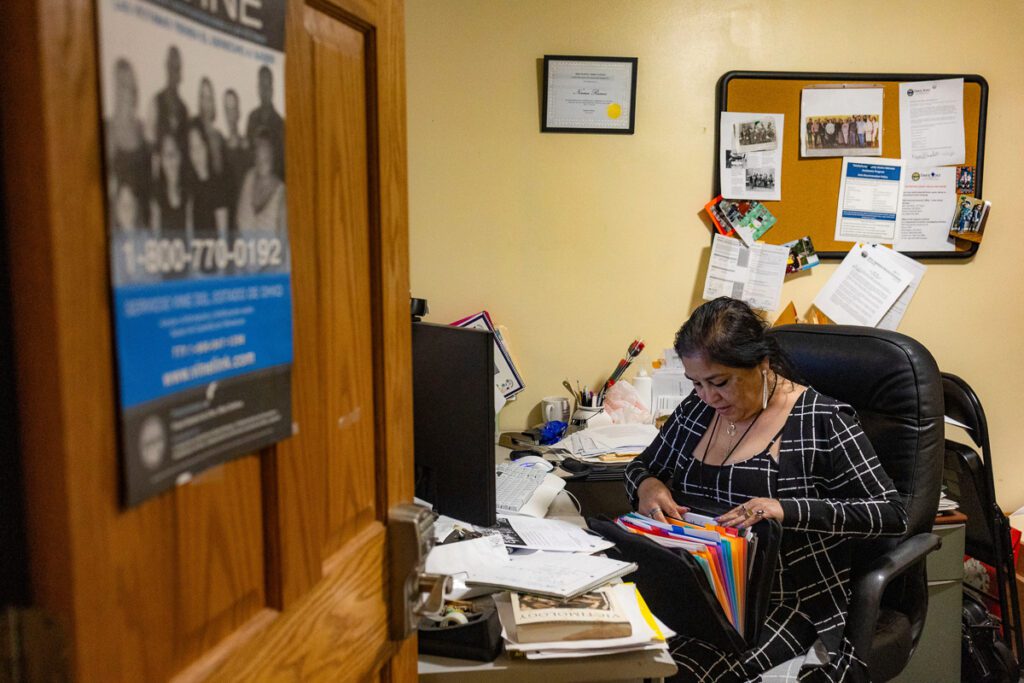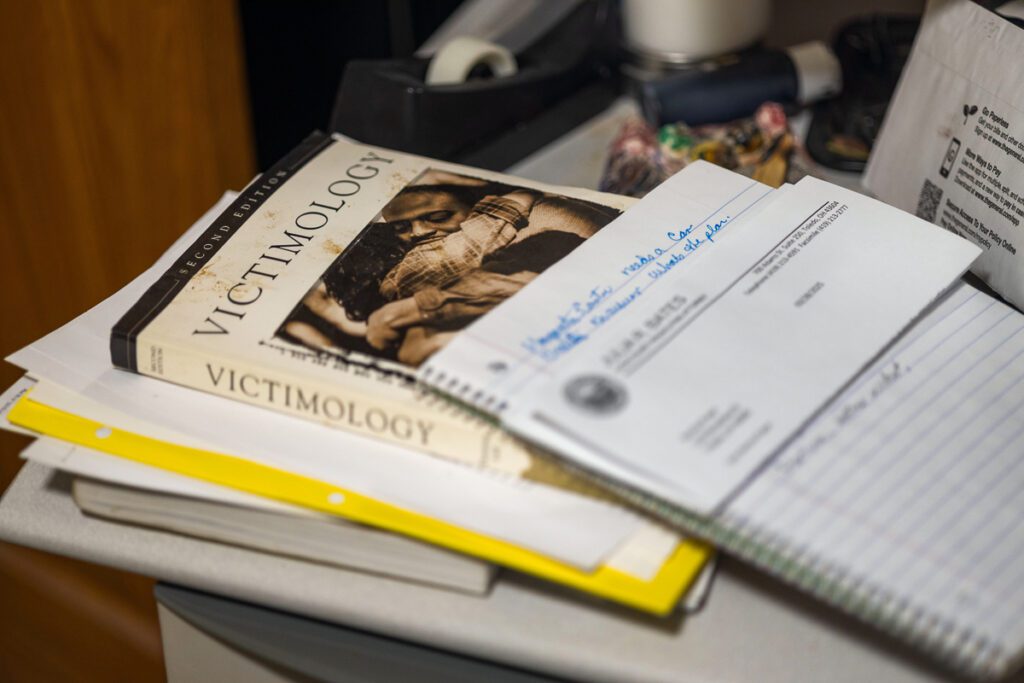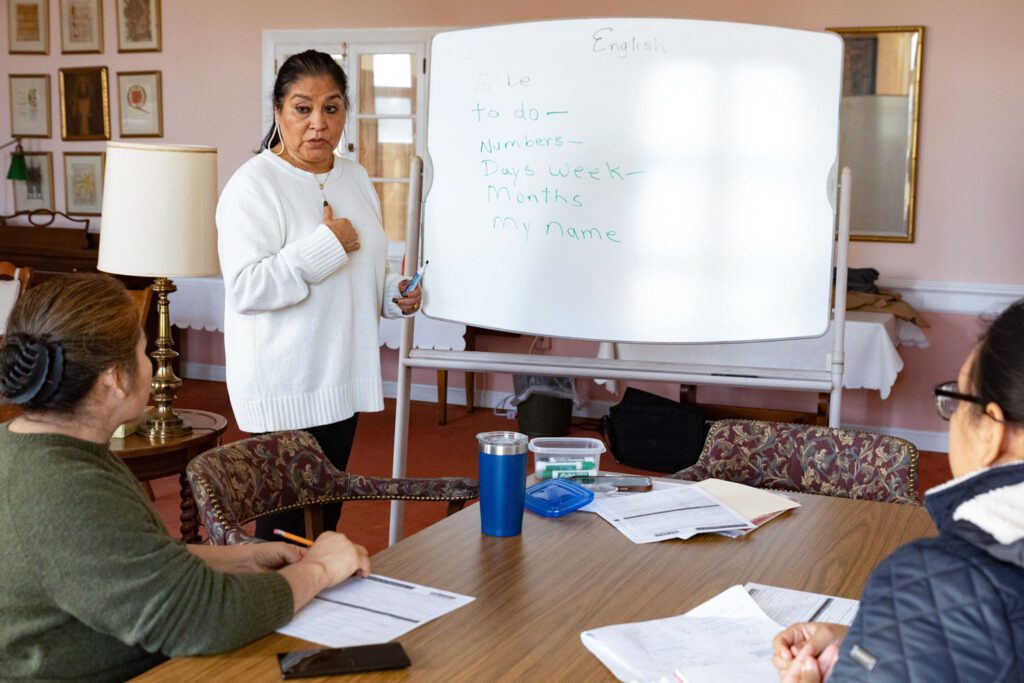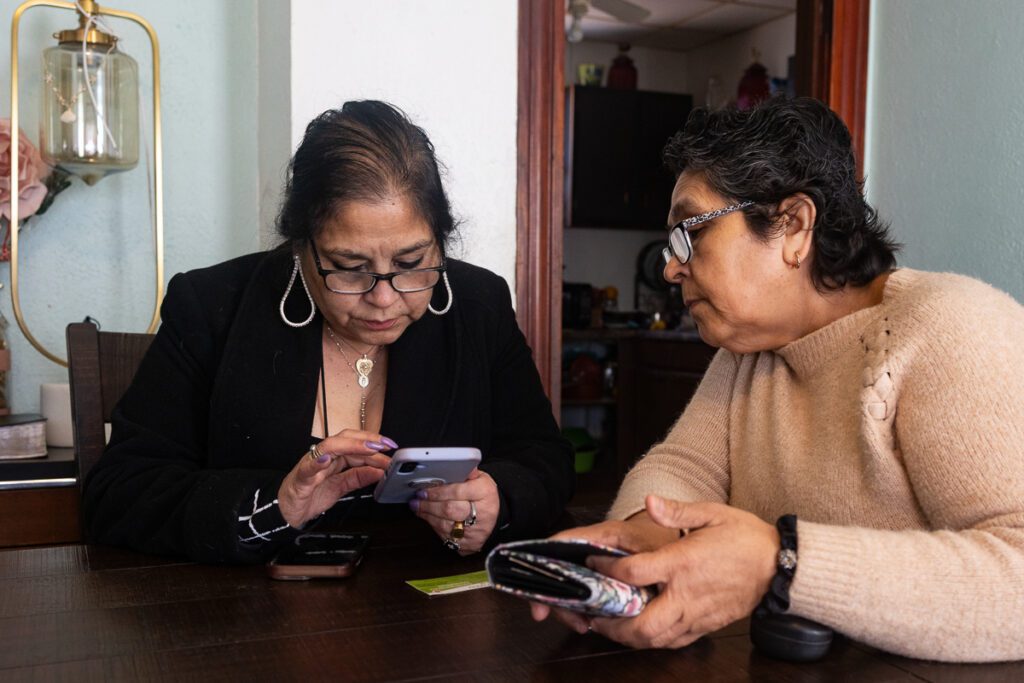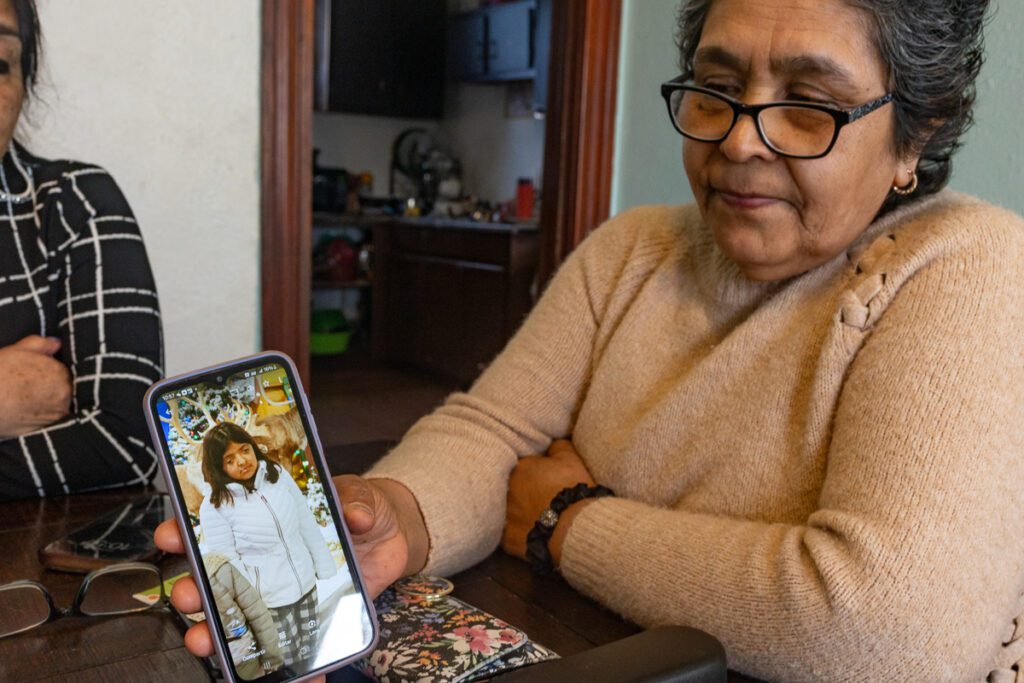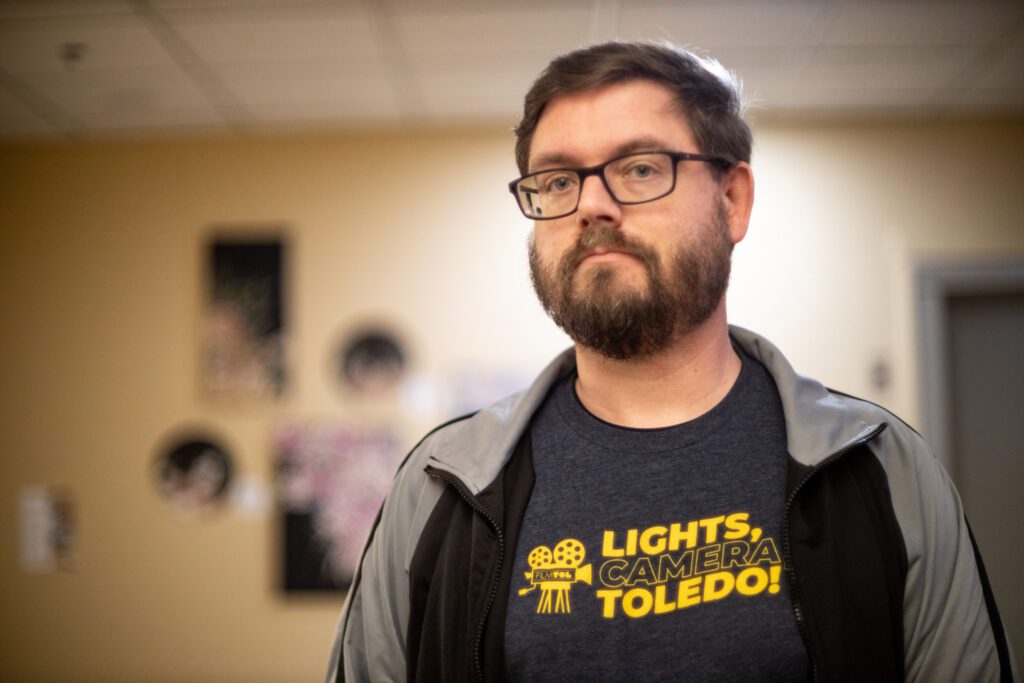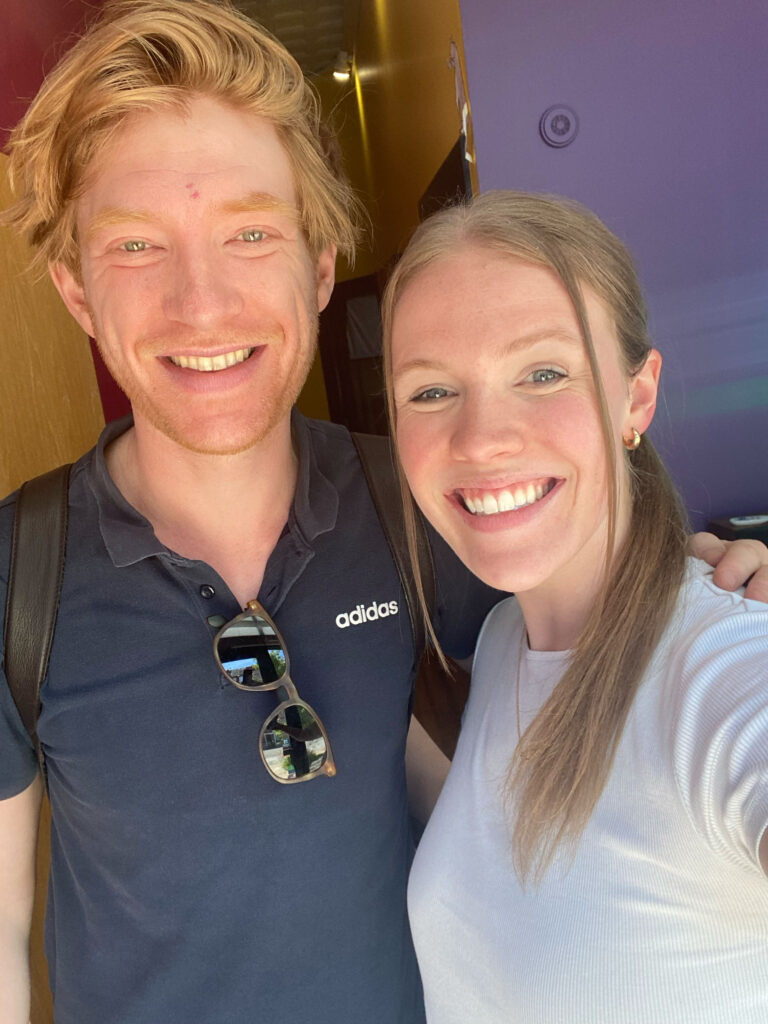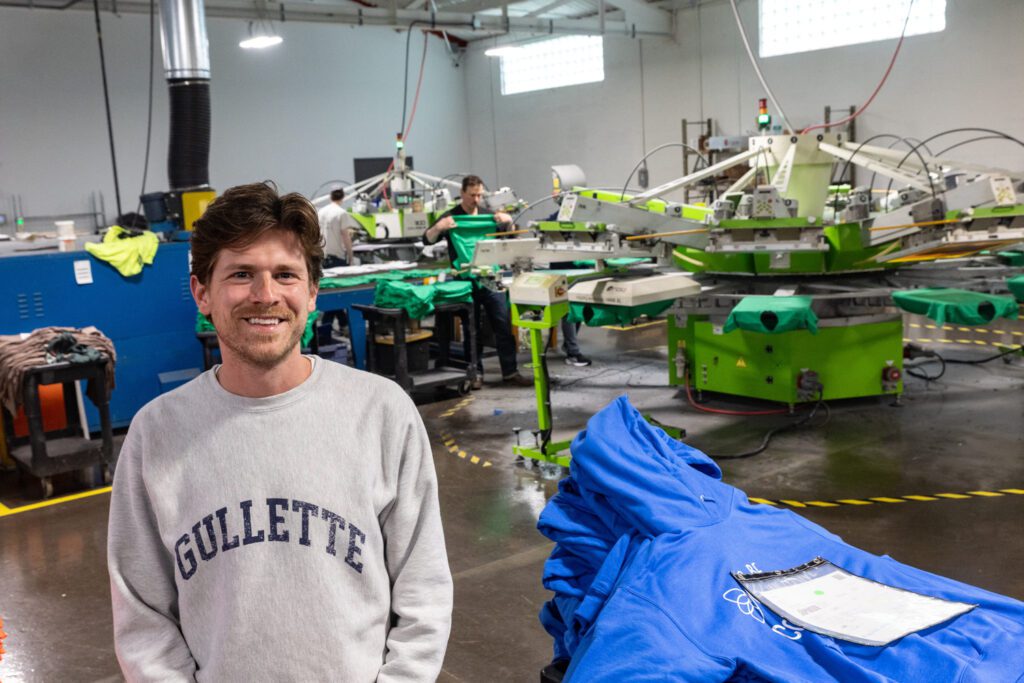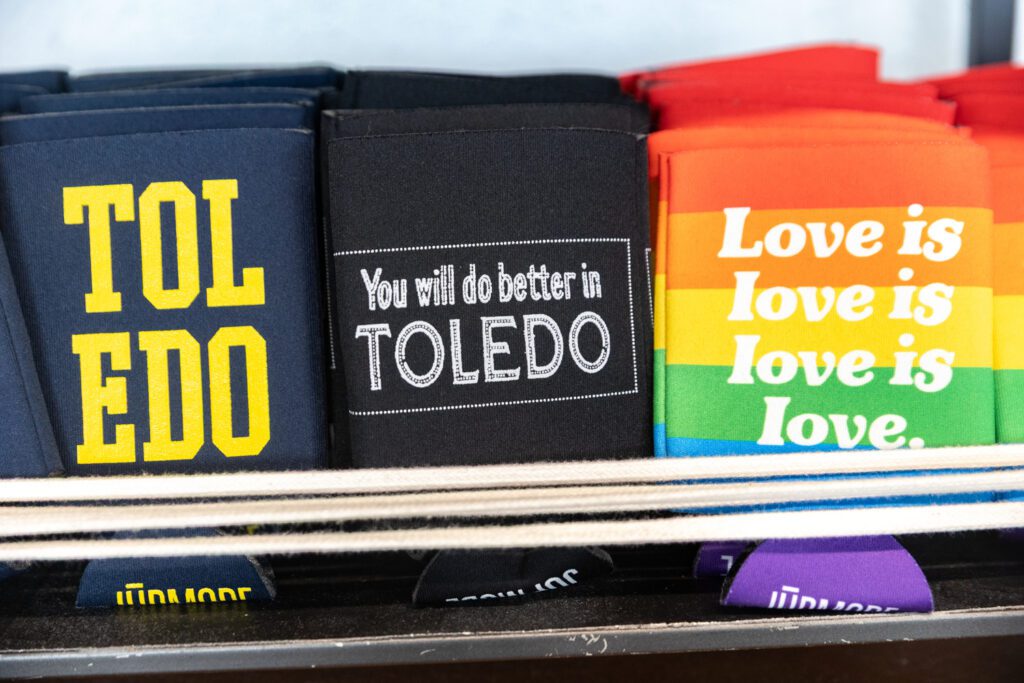The Toledo Free Press recently spoke with Natalie R., founder of the Toledo Ohio Area Chapter of Emotions Anonymous (EA). In keeping with the 12-step program's dedication to the anonymity of its members, we are using only her first name for this story.
You may have heard of Emotions Anonymous and wondered what the organization was about, if it could help you, or perhaps you’ve never heard of it. To help inform the public about EA, the TFP conducted a Q&A with Natalie to answer some of the most commonly asked questions.
C.A. Matthews: What is Emotions Anonymous?
Emotions Anonymous—or EA as it’s most widely known—is a nonprofit support group that meets weekly to work together toward obtaining better emotional health and dealing with emotions in daily life. We use the 12 Steps and the 12 Traditions and other tools to help us maintain our emotional health. EA is available to anyone who wants to get well emotionally.
The Emotions Anonymous program focuses on the different types of emotions and dealing with emotional health. We learn how to understand our emotions and recognize them with the support from others. We also learn how to have healthy relationships moving forward.
What do you mean by the 12 Steps?
The 12 Steps of Emotions Anonymous can be found online at emotionsanonymous.org.
We use the 12 Steps and 12 Traditions of Alcoholics Anonymous, which EA has adapted for use with people who are dealing with emotional problems. We use the 12 Steps as a guide to maintain emotional health. By practicing the steps on a daily basis, the goal is to see progress, one day at a time. Our working the steps does not have to be perfect. What matters is that you are trying and working to the best of your ability.
Who is welcome at an Emotions Anonymous meeting?
Anyone who wants to work towards becoming mentally healthy to the best of their ability is welcome.
I’ve been experiencing some emotional turmoil lately. Can EA help me?
The guidance you receive from the EA 12 Step program and the tools offered should help you gain some understanding of what’s happening and where you can turn to. What is discussed at a particular meeting might not seem relevant to your situation currently, but what is discussed next time very well could be. We suggest you attend several meetings to see how the program works.
Is EA really anonymous?
We are an open-minded group that practices love and acceptance for those who want to work toward maintaining and achieving better emotional health. We operate on a first-name basis only in the group. We will honor your anonymity. Our program allows participants to share anything with the group and know that it stays there and remains confidential.
Does EA cost anything?
We are a nonprofit program that fully relies on donations to the group to help us continue to thrive and be able to help others get well emotionally. So, no, there’s no cost to attend a meeting.
Will my mental health care team mind that I attend EA meetings?
If you choose to notify them that you are attending an emotional support group, they should be supportive and happy that you are working on achieving better mental health.
How can I get in touch with a local group?
Go to the EA website to find a group, either a local in-person, online or by phone meeting that fits your schedule. If you are unable to find an EA group meeting nearby, you could start a group in your area. EA will be happy to find you a mentor and help you set one up.
How did you begin your current EA group?
In 2017, my husband and I were attending another EA group, but I was looking for something that was closer to our home and a better schedule fit. After a very deep, heartfelt prayer with my Higher Power, I felt a need and calling to start a group located in the Toledo area.
The Toledo Ohio Area Chapter of Emotions Anonymous started with a core group of four attendees. As awareness of our group spread, we grew. Currently, we have a weekly meeting with about seven to twelve people on Thursday evenings.
What is amazing to me is to see not only how far I’ve come along on in my journey, but that we all are learning to understand the process of the EA program and how it works if you work it. I cannot stress enough that there are many resources that EA has to offer you on your journey to emotional wellness.
You do not struggle alone. You are among others who have been where you are. There is help available.
All you have to do is to reach out and take the first, biggest, hardest step and attend your first meeting. Seriously, you won’t regret it. Looking back, you will see that it’s the little steps that matter in your new direction moving forward. It’s okay if you take a step back, too. You will get to where you want to be in this program, and you will have others there to help you along the journey.

